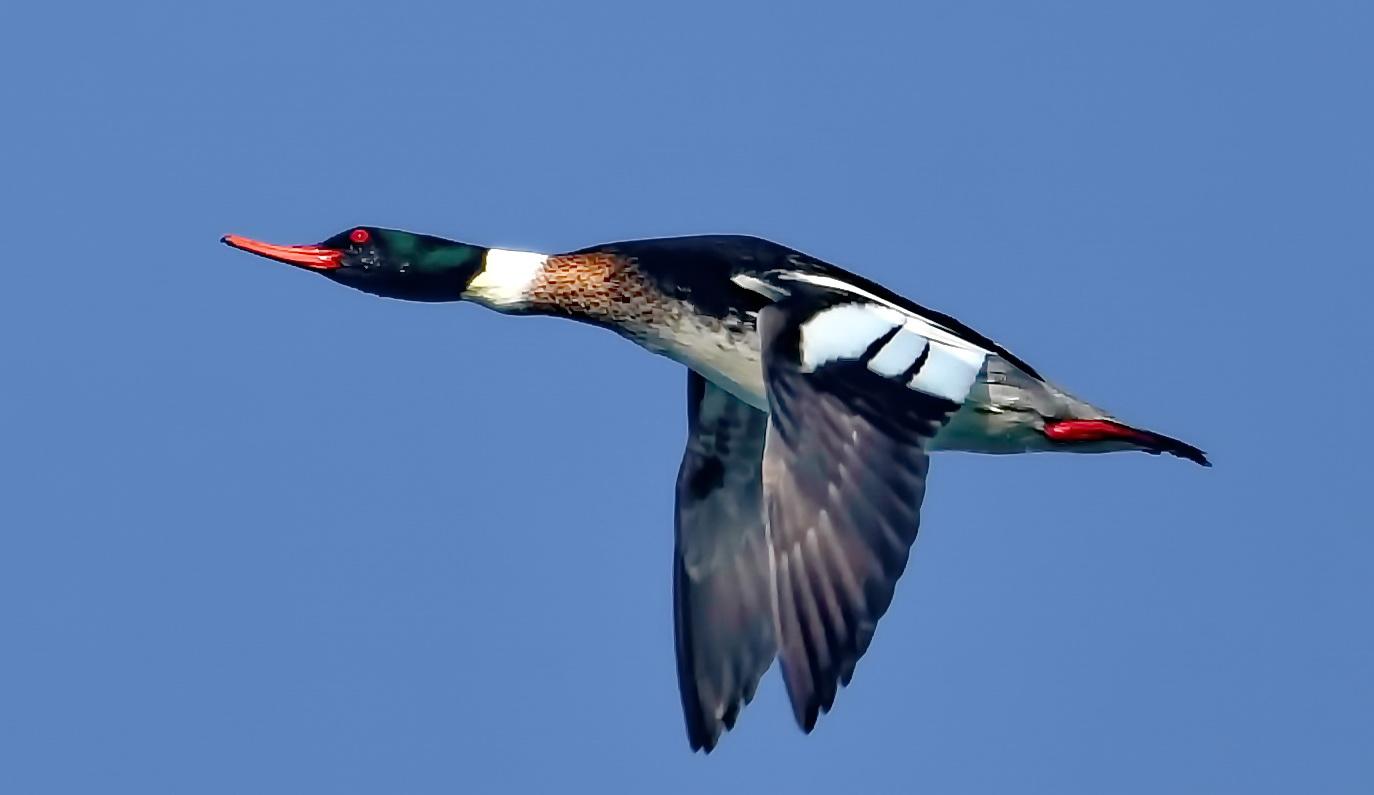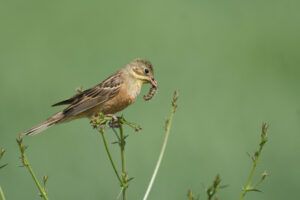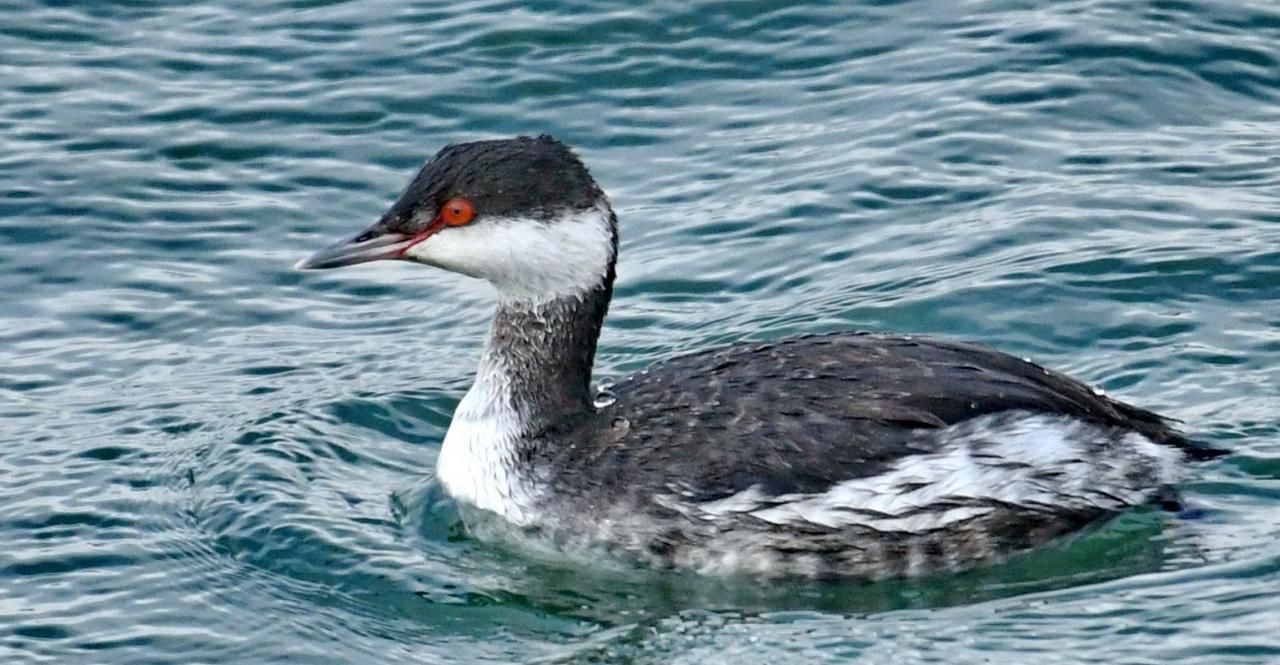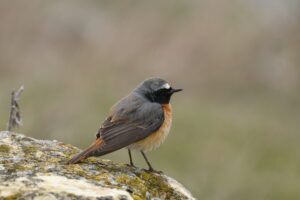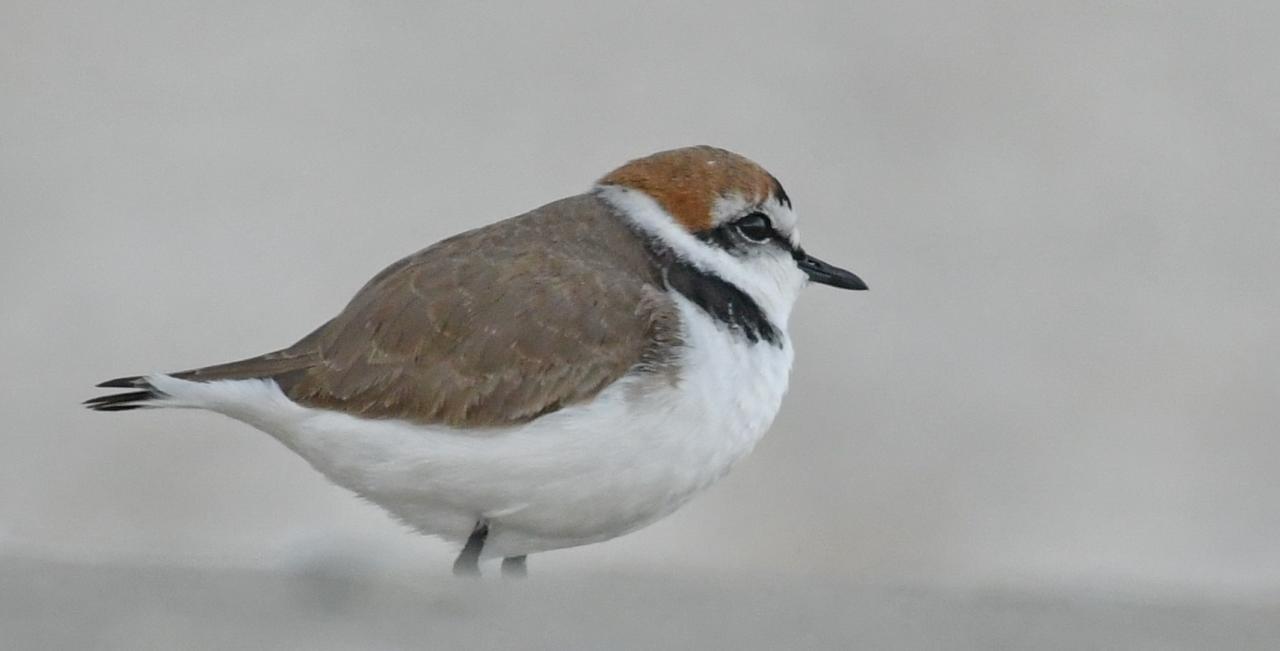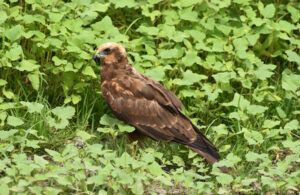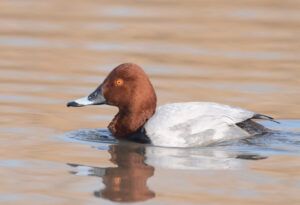The red-breasted merganser (Mergus serrator) is a diving duck, one of the sawbills
The red-breasted merganser was originally described under its current scientific name by Linnaeus in his 18th-century work, Systema Naturae.
The adult red-breasted merganser is 51–62 cm (20–24 in) long with a 70–86 cm (28–34 in) wingspan. It has a spiky crest and long thin red bill with serrated edges. The male has a dark head with a green sheen, a white neck with a rusty breast, a black back, and white underparts. Adult females have a rusty head and a greyish body. The juvenile is like the female, but lacks the white collar and has a smaller white wing patch.
The call of the female is a rasping prrak prrak, while the male gives a feeble hiccup-and-sneeze display call.
Food and feeding
Red-breasted mergansers dive and swim underwater. They mainly eat small fish, but also aquatic insects, crustaceans, and frogs.
Breeding
Its breeding habitat is freshwater lakes and rivers across northern North America, Greenland, Europe, and Asia. It nests in sheltered locations on the ground near water. It is migratory and many northern breeders winter in coastal waters further south.
Speed record
The fastest duck ever recorded was a red-breasted merganser that attained a top airspeed of 100 mph while being pursued by an airplane. This eclipsed the previous speed record held by a canvasback clocked at 72 mph.
The red-breasted merganser is one of the species to which the Agreement on the Conservation of African-Eurasian Migratory Waterbirds (AEWA) applies.
In the Danube Delta in winter time along the Black Sea coast.
photo: Mihai BACIU

